Types of Electrical Cables and Wires 2
Types of Electrical Cables and Wires
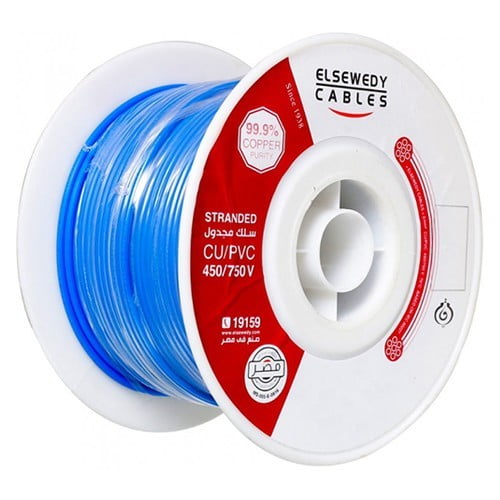
Electrical cable is a wire that helps to conduct the current in the circuit.
It is also called a conductor. Cable is an important object in the electricity.
Copper and Aluminium conductors are the two types of electrical cables used in the electrical wiring.
But in the overhead line, we use copper, aluminium, aluminium conductor with steel reinforced (ACSR),
galvanized steel and cadmium copper.
In the electrical wiring, mostly we use copper conductor.
Copper conductor have a good conducting capacity than others.
While comparing copper, aluminium is the cheapest conductor.
Conducting capacity of the conductor is based on how much impurity added to the material and how it is segregated by drawn.
Current density of the copper conductor is high.
Types of Electrical Cables Based on Voltage Rating
There are six types of cables used in the electrical wiring of based on the voltage rating.
They are,
- 1.Low tension (L.T) up to 1kV
- 2.High tension (H.T) up to 11kV
- 3.Super tension (S.T) 22kV to 33kV
- 4.Extra high tension (E.H.T) 33kV to 66kV
- 5.Oil Filled cables – 66kV to 132kV
- 6.Extra super voltage cables beyond 132kV
Low Tension Cables
For the low voltage system, we use low tension cables.
Low tension cables are only capable for below 1000V.
High Tension Cables
1000V to 11kV rating used conductors are called high tension cables.
Super Tension Cables
These type of electrical cables are used on 22kV or 33kV distribution line.
Extra high tension cables
Between 33kv to 66kv voltage rating cables are called extra high tension cables.
Extra super voltage
These type of electrical cables are used in the overhead line for power transmission process.
Types of Cables Based on Cores and Applications
There are three types of cables are used in the domestic electrical construction areas.
They are,
- 1.Power Cables
- 2.Control Cables
- 3.Instrument Cables
What is Power Cables? Types and Sizes
Which is the conductor used in the power transmitting that is called power cables.
Power cables are carrying current to the circuit. The type of electrical cables are mostly used in the construction line.
There are single core, two core, three core, three and half core & four core are the five type of power cables.
Cable Sizes: 1, 1.5, 2.5, 4, 6, 10, 16, 25, 35, 50, 70, 95, 120, 150, 240, 300, 400, 600 and 1000 sq.mm
are the power cable sizes.
Single Core Cable
Single core cables are having only one core conductor itself and big sized and that would be Phase, Neutral or Earth.
Single core conductor is only used in the high tension voltage system.
Two Core Cable
Manufactured by dual core conductor is called two core cables and that would be only Phase and Neutral.
It is used in the low tension line.
Tri Core Cable
Three core cables are having triple cores and it would be three phases of red, yellow and blue.
Tri core conductors are used in the 415V – low voltage system.
Three and Half Core
The type of electrical cables having itself four cores but last one core would be half sizer than others.
Red, Yellow and Blue of three phases are used to have first three cores. Last half size core used as neutral.
Three and half core is mostly used in the low voltage system.
Four Core Cables
3 Phases and and neutral having conductor of the four core cables are would be made by four cores.
It is used in the low voltage system.
Why We Use Control Cables? Types and Sizes
Control cables are used to control a electrical equipment system.
Cable sizes of the control conductors are 0.75 sq.mm to 2.5 sq.mm.
Control cables are mostly used on the instrument and electrical panels.
1.5 sq.mm and 2.5 sq.mm cable sizes are mostly used for panel internal wiring.
Cores – 2, 4, 5, 7, 12, 20, 30, 48, 70, 100c
Cable Sizes – 0.75, 1, 1.5, 2.5sq.mm
Instrument Cables Types,
Sizes and Uses
The type of cables are used in the instrument equipment such as transmitters, sensors and switches.
Only needs direct current supply.
Cores – 2, 4, 6, 10, 12, 19, 27, 37, 40, 50 pair.
Cable Sizes – 0.5, 0.75 and 1sq.mm
Uses – Thermocouples, pressure transmitter, level transmitter, differential pressure transmitter and sensors.
Supply – 12V or 24V (DC)
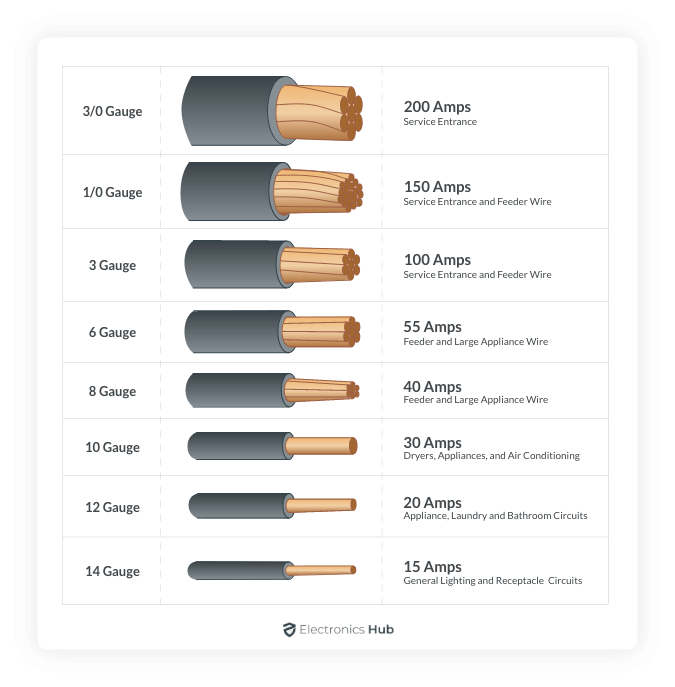 Electrical Cables
Electrical Cables
Rules and Regulations of Cable Installation
For fixed wiring within Premises, PVC, rubber or XLPE (Cross linked Polyethylene) insulated cables
with stranded copper conductors must be used, complying with electrical standard.
Solid core copper or aluminium conductor cables are not permitted.
For locations subject to a higher than normal risk of interference or damage, armored cables are recommended.
For locations with higher than normal fire risk, either cables must be installed in metal conduit or mineral
insulated copper clad or enhanced fire-resistance conductors must be used.
In addition, safety circuits such as fire alarms, emergency lighting and control circuits,
which are required to remain operational in the event of a fire,
must be installed in metal conduits or supplied by MICC conductors.
The location and selection of conductors must take into consideration any special requirements for the prevention of spread of fire.
Fire barriers, low smoke insulation or other measures may be required.
General purpose flexible cables and cords for appliances must be PVC insulated, with a PVC over sheath, stranded copper conductors. Conductors for high temperature Appliances
(e.g. electric heaters, irons, pendant lighting, connections within luminaires) must be heat resistant rubber or PVC insulated, with over sheath, stranded copper conductors, and comply with standard.
Conductors under repetitive mechanical strain (e.g. lifts, heavy outdoor machinery, etc.)
must comply with standard regulation.
Where conductors are installed underground, they must be installed so as to protect against mechanical damage and enable future removal. Conductors for meter tails (at 230 V)
shall be single-core, PVC insulated with over sheath.
The cross-section of conductors must be selected according to the expected load, voltage drop, ambient temperature and installation. Including appropriate grouping factors.
The maximum voltage drop from the connection point to the remote end of any Final Circuit must not exceed 4%, except in special cases where equipment has been designed to operate under a greater voltage drop.
The use of single-core armored conductors should be avoided due to the possibility of induced heating effects. However, such conductors may be used where there is an exceptional need,
with the written consent of the distribution company and where adequate precautions are taken to avoid induced heating effects.
Such precautions must include the appropriate configuration of phases to balance induced currents, Earthing at one end only and the use of non ferromagnetic armoring, cable glands, and switchgear gland plates.
All cables that are not armored, or that do not have a metallic sheath or screen, must be installed in plastic or metal conduits or trunking throughout their entire length.
Conductors running through inaccessible areas such as walls, floors and solid ceilings shall be installed, without exception, in conduits or trunking so as to be withdrawable in the future.
In such cases, suitable inspection plates and pulling out points must be provided.
Non-sheathed conductors must not be installed in concrete ducts.
May be allowed only for insulated and sheathed or flexible conductors which will remain accessible but in locations free from undue risk of damage or interference (e.g. above-head height, or in unoccupied areas).
Such conductors must be securely supported by cable clips, cable tray or other fixings at suitable intervals.
All conductors must be installed between purpose-made termination points (switches, junction boxes, distribution boards)
and be terminated with purpose-made cable lugs, crimps, screw or other connectors.
Joints between such points are strictly prohibited.
Termination points and junction boxes must remain accessible to facilitate future inspection, repair and alteration.
Where conductors are terminated at high-temperature Appliances,
their insulation must be suitable for the expected operating temperature or, where necessary,
shall be protected by heat-resistant material.
Armored conductors must be terminated using suitable cable glands which incorporate a suitably rated Earth tag or other purpose made connection to the armoring of the conductor and to the metallic sheath if present.
Cables must not be installed in lift shafts other than those serving lift functions.
Types of Electrical Wiring
Electrical wiring is a process of conductors connecting to the electrical equipment.
Electrical Wiring:
a set of phase and neutral conductors installed as a group to supply power to a location and which originate from one protective device.
There are four types of electrical wiring in the electrical installation work.
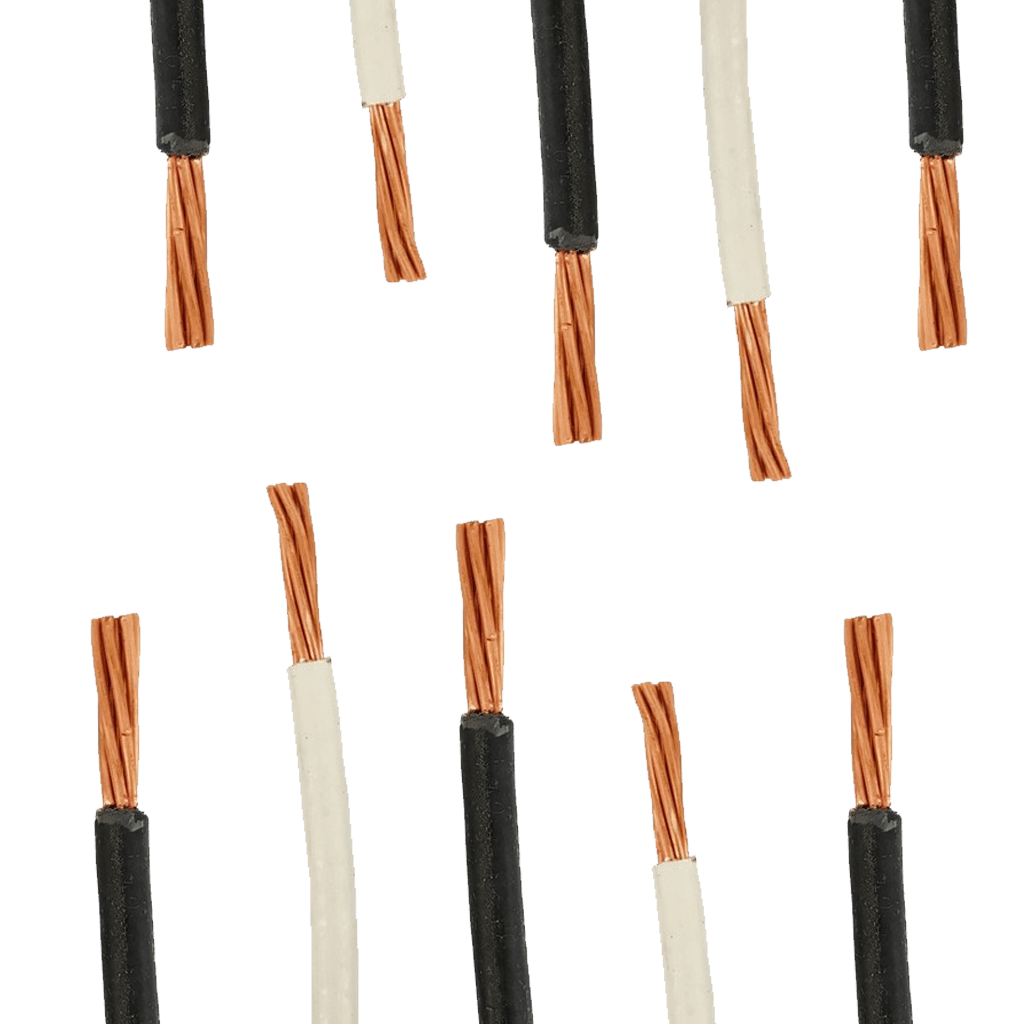 Ring type wiring
Ring type wiring- Radial type electrical wiring
- Final type electrical wiring
- Distribution type electrical wiring
The following are four types of electrical wiring definitions,
Ring Type Electrical Wiring:
A ring type electrical wiring which is connected from a single protective device, being run through an area to be supplied (via appropriate socket outlets, switched flex outlets, etc.)
and returning back to the same protective device, thus forming an electrically continuous loop.
Ring type electrical wiring should be provided to areas within a premises which can be most economically served by several appliances sharing the same cable feed, arranged in a loop,
from one circuit breaker on the final distribution board.
This is particularly suitable where appliances are expected to operate at diverse times of the day.
Ring wiring would typically be installed in bedrooms, living rooms, kitchens (except major Appliances such as cookers),
partitioned office areas, etc.
Radial Electrical Wiring:
A wiring which is connected in a ‘parallel’ or ‘branch’ configuration, emanating from a protective device,
to the area to be supplied.
Radial electrical wiring should be provided to large appliances
, particularly those in continuous or near continuous operation, or those of importance for safety or other priority functions within a premises. Examples include main water pumps, air conditioning units,
water heaters, room heating, fire or intruder alarms, cookers and ovens.
Final Electrical Wiring:
A wiring system which directly supplies appliances
(normally via socket-outlets, switched flex outlets, isolators, ceiling roses, etc.).
The sizing of final electrical wiring must be in accordance with the connected load on each circuit.
Distribution Electrical Wiring:
A wiring connecting between distribution boards.
The number of Radial wiring and Ring wiring installed in a Premises shall take into consideration future
accessibility, maintainability, and safety of the system, whilst limiting the extent of power outage to serviced areas.
Circuits supplying a kitchen must not be used to supply any other area.
However, ceiling lighting wiring from a kitchen may be common to other areas.
For domestic Premises, all wiring supplying one room must be on the same phase, other than for kitchens and for ceiling lighting.
Electrical Wiring – Circuit Categories
According to the electrical drawings, there are three types of circuit categories in the electrical. They are,
1st Category Circuit:
A circuit (other than a fire alarm or emergency lighting Circuit) operating at LV.
2nd Category Circuit:
A circuit (other than a fire alarm or emergency lighting Circuit) which supplies telecommunications equipment (such as telephones, intruder alarms, data transmission, call bells, etc.).
3rd Category Circuit:
a fire alarm or emergency lighting Circuit.
Color Coding of Cables
Red, yellow and blue color are the three phases of the electrical circuit. Black is the neutral.
Green with yellow is the protective earth of the electrical circuit.
AC – System (Alternating Current System)
3 Phases : Red – Yellow – Blue
Neutral : Black
Protective Earth : Green
Protective Earth/Neutral : Green/Yellow
DC – System (Direct Current System)
Positive pole (+) : Black
Negative pole (-) : Blue(White)
Aluminium and copper conductors are used in electrical cables.
But mostly in electrical installation we use copper conductor.
Normal cable size is between 1 sq. mm to 400 sq. mm.
Insulation selection is depends upon temperature and situation like flammable, explosible or normal.
Normally we use two types of insulation for cables.
Those are XLPE (Cross linked polyethylene) and PVC (Polyvinyl chloride).
In transmission and distribution line we commonly use insulated UG (Under ground) cables.
Cu/XLPE/PVC Insulated
Cu/XLPE/PVC Insulated Cable
Insulation: Normal situation we use PVC/XLPE insulated with copper conductor.
In flammable or explosive situation we use mineral insulated copper conductor.
Also we use Rubber insulation in high temperature area.
Armor: There are two types of armor used in the cable construction.
Flat armor
Round armor.
In single core conductor we use SWA (electrical full form – Single wire Armored)
electric fuse
We are pleased to have you visit our pages on social networking sites,
where we publish exclusive offers on our website.
Our Facebook page here .
Our Twitter account is here .


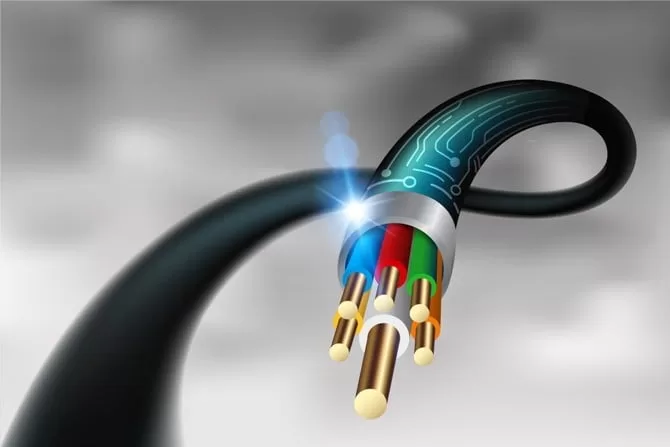

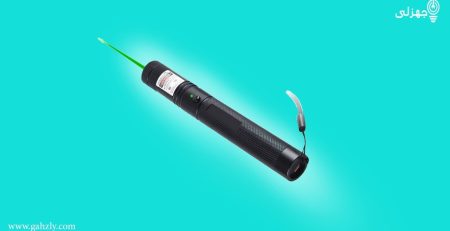

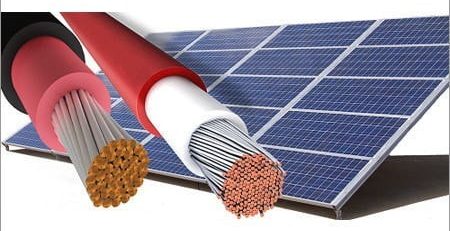
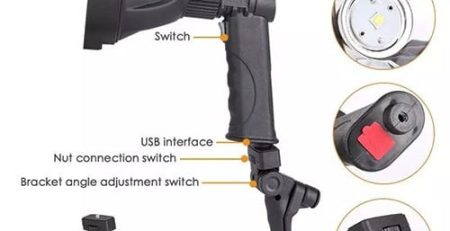
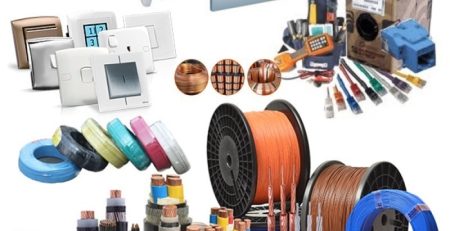

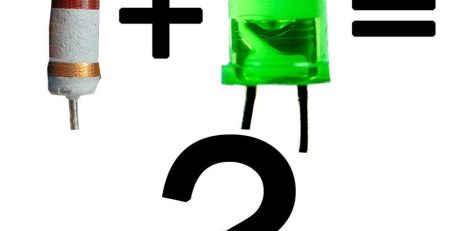

Leave a Reply
You must be logged in to post a comment.